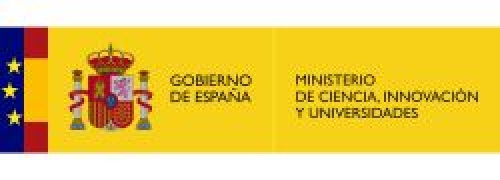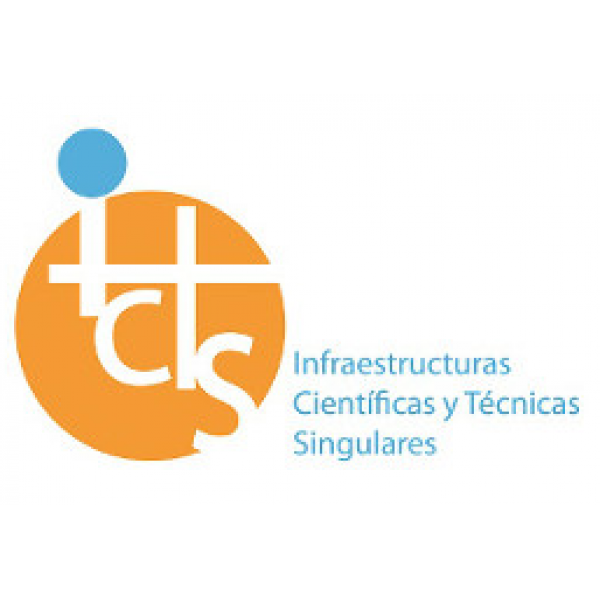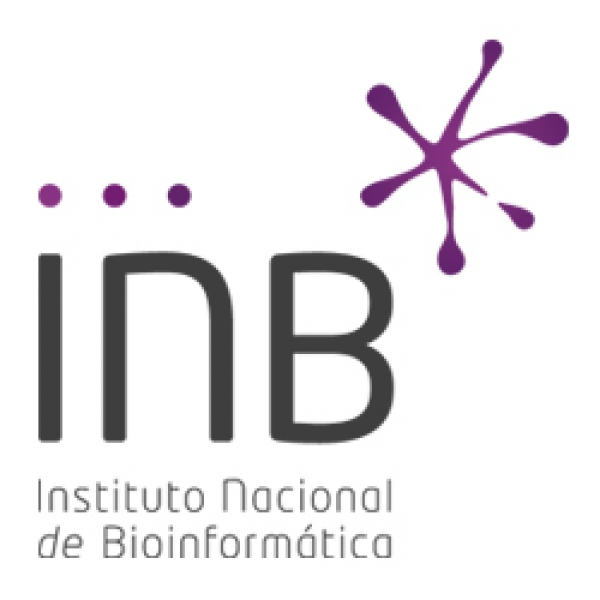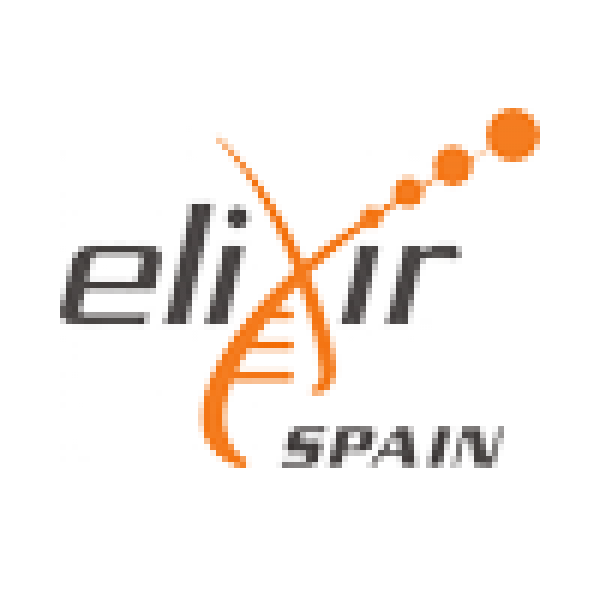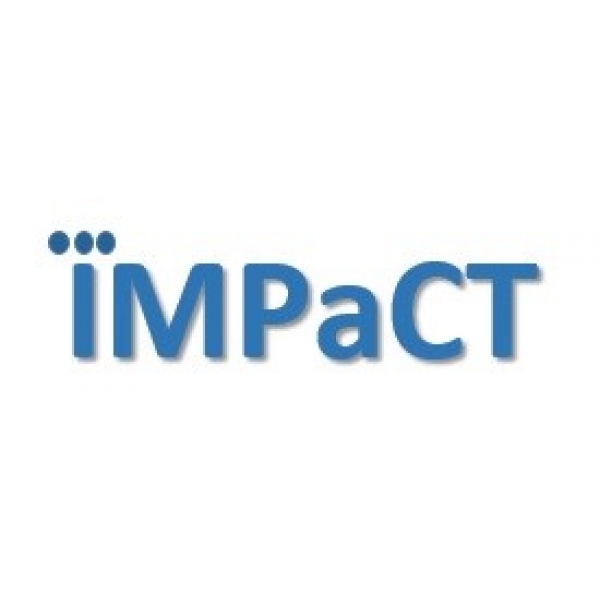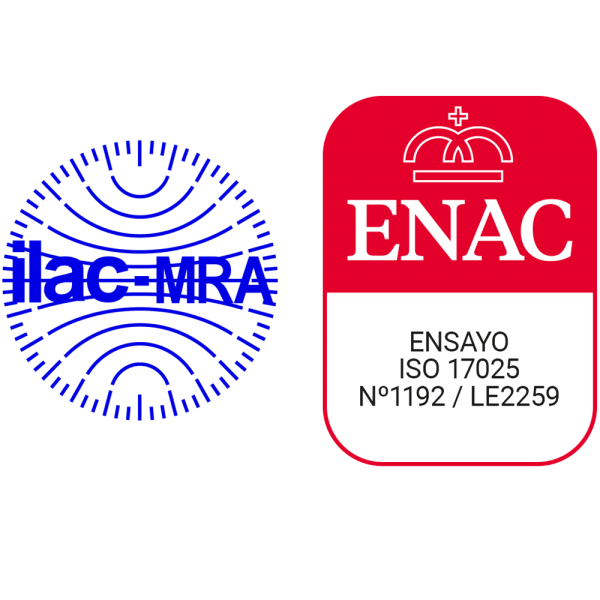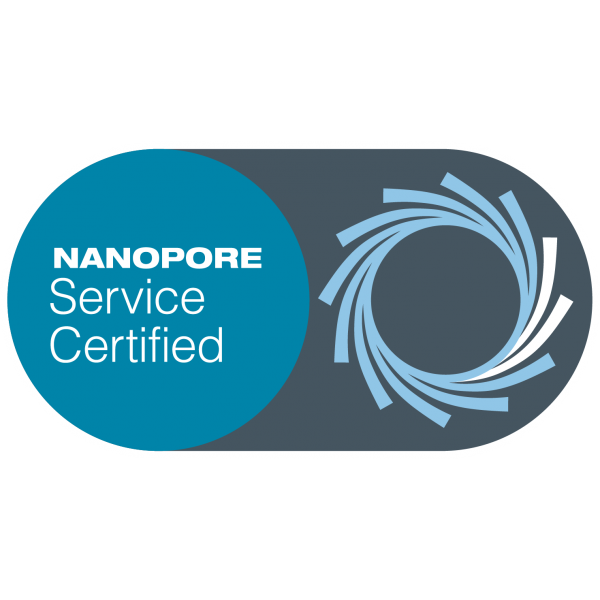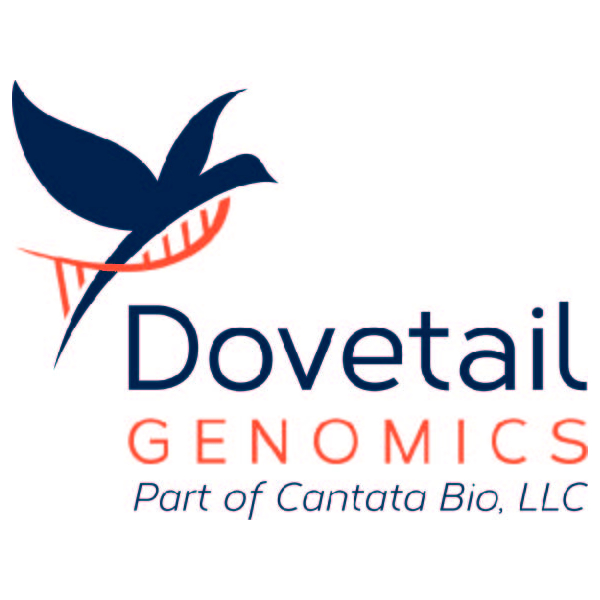- The research, part of the European project Solve-RD, and published today in Nature Medicine, focused on finding a genetic diagnosis for 6,004 families affected by rare diseases who had undergone extensive prior testing with inconclusive results.
- The groundbreaking study, involving over 300 researchers from 37 centres, was led by the Centro Nacional de Análisis Genómico (Spain), the Radboud University Medical Center (The Netherlands), and the University of Tübingen (Germany).
- 506 patients, who had been waiting for answers for over five years, received a genetic diagnosis thanks to the systematic reanalysis of their clinical and genomic data, which has been made available through the RD-Connect GPAP platform.
- This genetic analysis platform, developed and hosted by CNAG, combines genomic and clinical data from over 30,000 individuals with rare diseases (patients and their families), streamlining the process of identifying the genetic causes of their conditions.
January 17th, 2025. Seven years ago, the EU funded Solve-RD (Solving the unsolved rare diseases) project embarked on an ambitious mission to diagnose 12,000 families affected by rare diseases. Individual rare diseases affect less than 1 in 2,000 people, are often life-limiting, and have highly diverse symptoms. However, as there are over 7,000 known rare diseases, approximately one in twenty people are affected by a rare disease during their lifetime. As 70% of rare diseases are expected to have a genetic origin, Solve-RD focused on identifying changes in the patients’ genetic material. What heightened the complexity of this task, was that the patients recruited into Solve-RD had already had extensive genetic testing without the cause of their condition being identified.
To meet this complex challenge, 37 research centres and hospitals, from 12 European countries and Canada, joined forces to collaborate in Solve-RD, a project coordinated by the University of Tübingen (Germany). One of the main objectives was the complete re-analysis of data from patients and relatives who had already undergone genetic testing. This data collation and re-analysis effort was led by the Centro Nacional de Análisis Genómico (CNAG, Spain), in partnership with
Radboud University Medical Center (The Netherlands) and the
University of Tübingen (Germany).
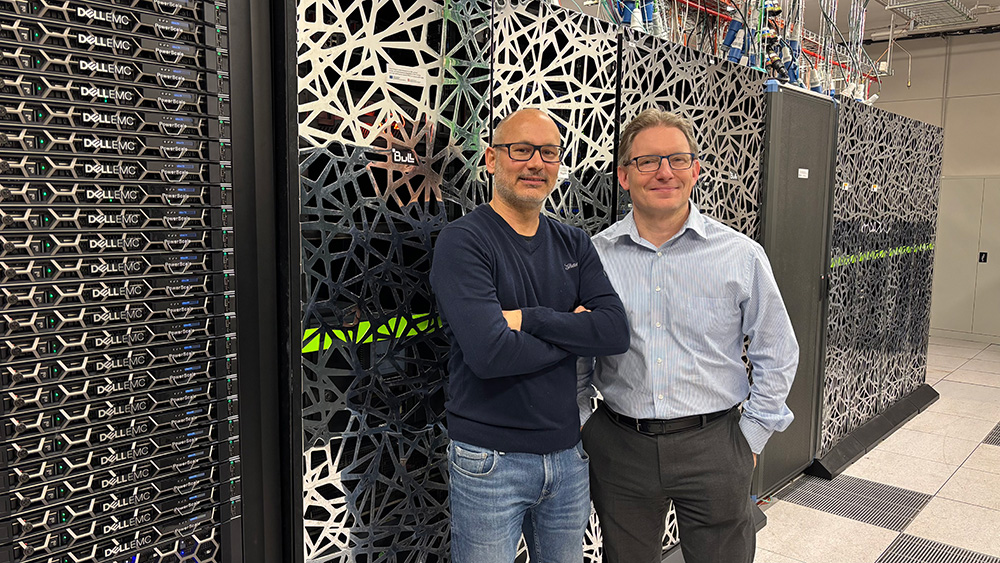 The results published today in Nature Medicine, with CNAG researchers Dr Steven Laurie and Dr Sergi Beltran contributing as co-first and co-last authors respectively, cover the re-analysis of around half of the data collated by Solve-RD.
The results published today in Nature Medicine, with CNAG researchers Dr Steven Laurie and Dr Sergi Beltran contributing as co-first and co-last authors respectively, cover the re-analysis of around half of the data collated by Solve-RD. The Bioinformatics Unit of the CNAG, a world leader in genomics research on rare diseases directed by Dr Beltran, spearheaded this pan-European effort, co-leading data processing and analysis to drive the diagnosis of families, adapting the
RD-Connect GPAP analysis platform for the project.
The families involved in this study come from four of the 24 European Reference Networks (ERNs), virtual communities of healthcare providers focused on different rare diseases, and the Spanish Undiagnosed Disease Program. These families suffer from a wide variety of rare diseases, including rare neurological disorders, malformation syndromes and severe intellectual disabilities, rare neuromuscular diseases, and hereditary cancers. All recruited patients were undiagnosed prior to being included in Solve-RD, despite having undergone exome or genome sequencing analysis. In comparison to genome sequencing, which enables analysis of an individual’s complete DNA sequence, exome sequencing focuses on only the sequence of the protein-coding regions of DNA, where most mutations known to be associated with disease are found.
More than 500 families have received diagnoses thanks to comprehensive reprocessing and systematic reanalysis and reinterpretation of the data. In parallel, a further 250 families included in the study received diagnoses through ongoing ad hoc analyses at local centres, representing a groundbreaking milestone in rare disease research. For a family affected by a rare disease, receiving a diagnosis often marks the end of a long journey, in most cases lasting over five years, known as the diagnostic odyssey. Diagnosis also marks the beginning of a new chapter: a crucial step in understanding the origin of the illness, exploring potential treatments, and finding opportunities to connect with other families facing similar challenges, all of which contribute to improving quality of life.
For example, a parent of a study participant from the Netherlands explains: “After 20 years of uncertainty, my son has finally received a diagnosis. We now have clarity: he has CEBALID syndrome. I didn't expect that we would ever get an answer, but thanks to this new DNA test, we did.”
Over 10,000 genomes and exomes analysed, letter by letter
Rare diseases, which appear in childhood in 70% of cases, often originate in our DNA, our unique genetic code, composed of over 3 billion chemical units. These units, identified by the letters A, C, G, and T, act as the building blocks of our genetic information. In the reported research, which involved the reanalysis of genetic information from more than 10,000 individuals, from over 6,000 families, the researchers discovered that 84% of cases could be attributed to small genetic alterations, involving the change of just a single DNA letter. For example, an 'A' appearing where a 'T' should be, or the insertion or deletion of a handful of letters, known as single nucleotide variants (SNVs) and InDels, respectively. The remaining 16% of diagnoses were achieved through the application of a suite of state-of-the-art tools that are not usually employed in genetic laboratories and can therefore identify other types of genetic variants.
All the findings were made possible through the combined analysis of clinical and genomic data from patients, which were integrated in the RD-Connect GPAP, developed by CNAG within the framework of several European, Spanish and Catalan projects. The clinical data included a summarised description of the main symptoms found in the patients, which is vital for narrowing down the type of variant and gene which might be responsible for the patient’s condition. The genetic data (over 300Tb – equivalent to 600 laptops) was analysed using both standardised workflows and cutting-edge bioinformatics methods to identify and prioritise genetic variants.
Once candidate disease-causing variants were identified these were returned to the clinical research teams for their expert interpretation, to determine whether any of them were the cause of disease in a specific family. The application of systematic approaches for data prioritisation and interpretation combined with the collaboration of numerous multidisciplinary experts was pivotal for the success of this endeavour in which over 300 clinicians, laboratory geneticists, bioinformaticians, and translational researchers contributed their expertise.
In this sense, Dr. Steven Laurie pointed out that "Bringing together diverse analytical and clinical expertise from across Europe made a major difference. It allowed us to organise the project according to clinical hypotheses and to respond with specific analyses to the questions and needs raised by the clinical experts."
Establishing the blueprint for the scalable international efforts to come
The journey that Solve-RD started is far from complete, as many patients still have not received their diagnosis. However, the collaborative structure established by Solve-RD, along with the protocols and tools developed, has laid a firm foundation for continuing to drive European research in rare diseases. This framework aims to ensure that independent of whether a patient with a rare condition enters an undiagnosed research program in the Netherlands, Germany, or Spain, the method for reaching a diagnosis should be similar everywhere. Achieving this was no small feat. Experts had to agree on which analysis methods to apply for each condition, such as which genes and variant types needed to be prioritised, while also overcoming significant logistical challenges and working in accord with differing national legislation and regulations. The participation of the European Reference Networks on rare diseases in the study was key to facilitate communication among experts across Europe to reach the necessary agreements.
Building on this progress, some of the tasks in the recently initiated European Rare Diseases Research Alliance (ERDERA) project will focus on research diagnosis. This initiative, in which CNAG will also play a key role, aims to scale up patient data reanalysis and cover a much wider range of rare genetic conditions. Dr. Sergi Beltran indicated that “ERDERA will also emphasise the translation of successful approaches to standard clinical diagnostic pathways. These approaches might include the integration of innovative techniques such as long-read genome sequencing, optical genome mapping, and RNA sequencing. The use of these methods, which was piloted in the Solve-RD project, makes it possible to achieve more and faster diagnoses for unresolved rare conditions.”
REFERENCE ARTICLE
This research has been published in Nature Medicine: Genomic Reanalysis of a Pan-European Rare Disease Resource Yields New Diagnoses – Steven Laurie, Wouter Steyaert, Elke de Boer, Kiran Polavarapu, Nika Schuermans, Anna K. Sommer, […], Katja Lohmann, Richarda M. de Voer, Ana Töpf, Lisenka E.L.M. Vissers, Sergi Beltran, Alexander Hoischen. This research was conducted by the Solve-RD consortium and within four different ERNs, namely DITF-GENTURIS, DITF-ITHACA, DITF-EURO-NMD, and DITF-RND. DOI: 10.1038/s41591-024-03420-w.
ABOUT SOLVE-RD
The Solve-RD project has received funding from the European Union’s Horizon 2020 research and innovation programme under grant agreement No 779257. ERDERA has received funding from the European Union’s Horizon Europe research and innovation programme under grant agreement N°101156595. Views and opinions expressed are those of the author(s) only and do not necessarily reflect those of the European Union or any other granting authority, who cannot be held responsible for them.
PHOTO
Dr. Sergi Beltran and Dr. Steve Laurie, in front of the CNAG cluster where the data has been collated and processed.
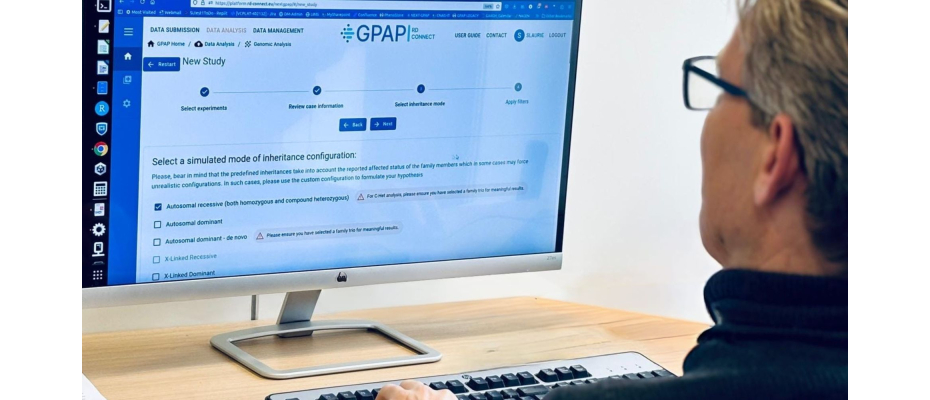
 The results published today in Nature Medicine, with CNAG researchers Dr Steven Laurie and Dr Sergi Beltran contributing as co-first and co-last authors respectively, cover the re-analysis of around half of the data collated by Solve-RD. The Bioinformatics Unit of the CNAG, a world leader in genomics research on rare diseases directed by Dr Beltran, spearheaded this pan-European effort, co-leading data processing and analysis to drive the diagnosis of families, adapting the RD-Connect GPAP analysis platform for the project.
The results published today in Nature Medicine, with CNAG researchers Dr Steven Laurie and Dr Sergi Beltran contributing as co-first and co-last authors respectively, cover the re-analysis of around half of the data collated by Solve-RD. The Bioinformatics Unit of the CNAG, a world leader in genomics research on rare diseases directed by Dr Beltran, spearheaded this pan-European effort, co-leading data processing and analysis to drive the diagnosis of families, adapting the RD-Connect GPAP analysis platform for the project.

